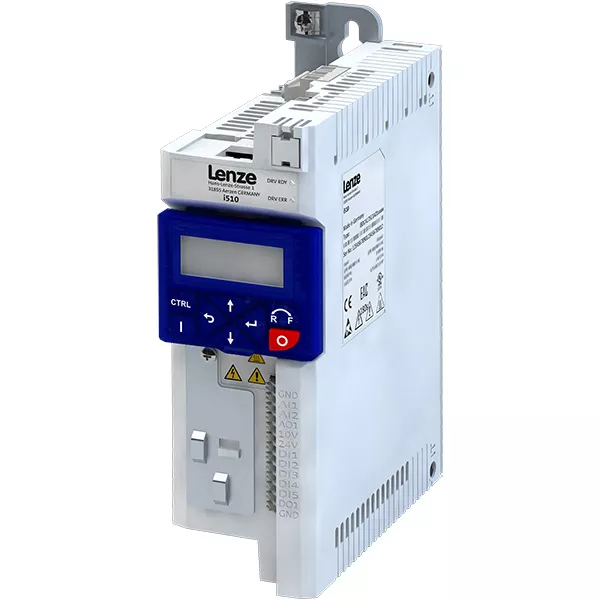Posted on 14th Jun 2023

In this blog, CM Industry Supply Automation will be discussing how to communicate a PLC to a VFD. We will be covering the basics of how the two devices communicate, as well as some troubleshooting tips if issues arise.
In order to communicate a PLC to a VFD, it is important to understand how the two devices communicate. In this blog, CM Industry Supply Automation will be discussing the basics of how the two devices communicate, as well as some troubleshooting tips if issues arise.
This chapter will introduce you to the basics of the topic. It will provide an overview of what you can expect to learn in the following chapters.
According to CM Industry Supply Automation, PLCs and VFDs communicate in a variety of ways. Whether you talk about Lenze Drive, Keb Drive, Siemens Drive or more, the most common way is through serial communication. Serial communication sends data one bit at a time, which is why it is often used for devices that need to communicate with low data rates. Other communication methods include Ethernet and CAN.
When your computer is having problems, it can be helpful to have some troubleshooting tips at your disposal. Here are a few tips to help you get started:
1. Check the cables. Make sure that all of the cables are plugged in correctly and that there are no loose connections.
2. Check the power supply. Make sure that the power supply is turned on and that the outlet is working.
3. Check the operating system. Make sure that the operating system is up to date and that all of the necessary drivers are installed.
4. Check the hardware. Make sure that all of the hardware is properly seated and that there are no loose connections.
5. Check the software. Make sure that all of the software is up to date and that there are no corrupt files.
6. Check the internet connection. Make sure that the internet connection is working properly and that there are no firewalls or proxy servers blocking the connection.
7. Check the memory. Make sure that the memory is not full and that there are no corrupt files.
8. Check the disk space. Make sure that there is enough free space on the disk and that there are no corrupt files.
9. Check the temperature. Make sure that the computer is not overheating and that there are no obstructions blocking the airflow.
10. Check the fans. Make sure that the fans are running and that they are not obstructed.
By understanding the basics of how the two devices communicate, you can help avoid any potential issues. If issues do arise, our troubleshooting tips will help you get your system back up and running.
According to CM Industry Supply Automation, now that the PLC is configured, it is time to configure the VFD. In the VFD software, create a new program and add a new vector diagram. The vector diagram will consist of two vectors. The first vector will control the speed of the VFD, and the second vector will control the direction of the motor.
To control the speed of the VFD, use the vector's magnitude to set the speed of the VFD. The larger the magnitude, the faster the VFD will spin the motor.
To control the direction of the motor, use the vector's direction to set the direction of the motor. The direction of the vector will control the direction of the motor.